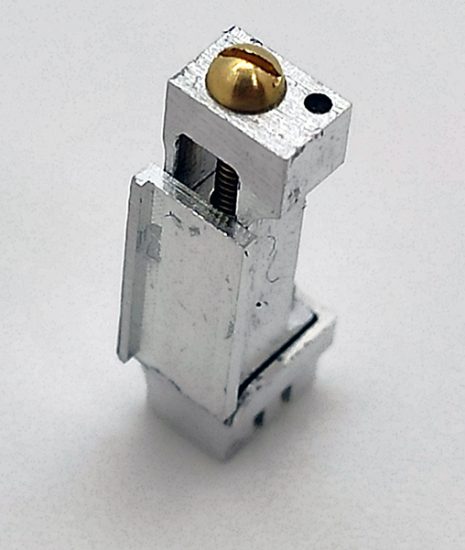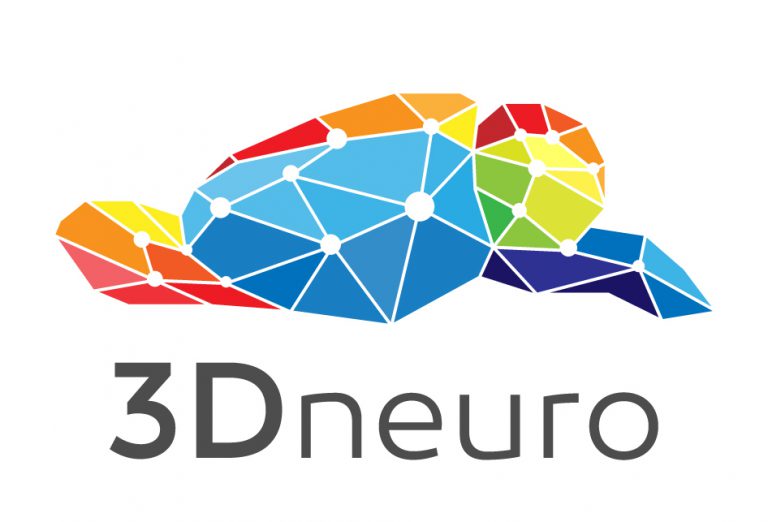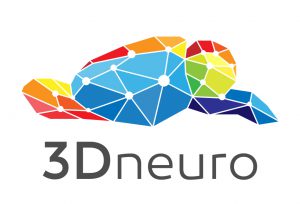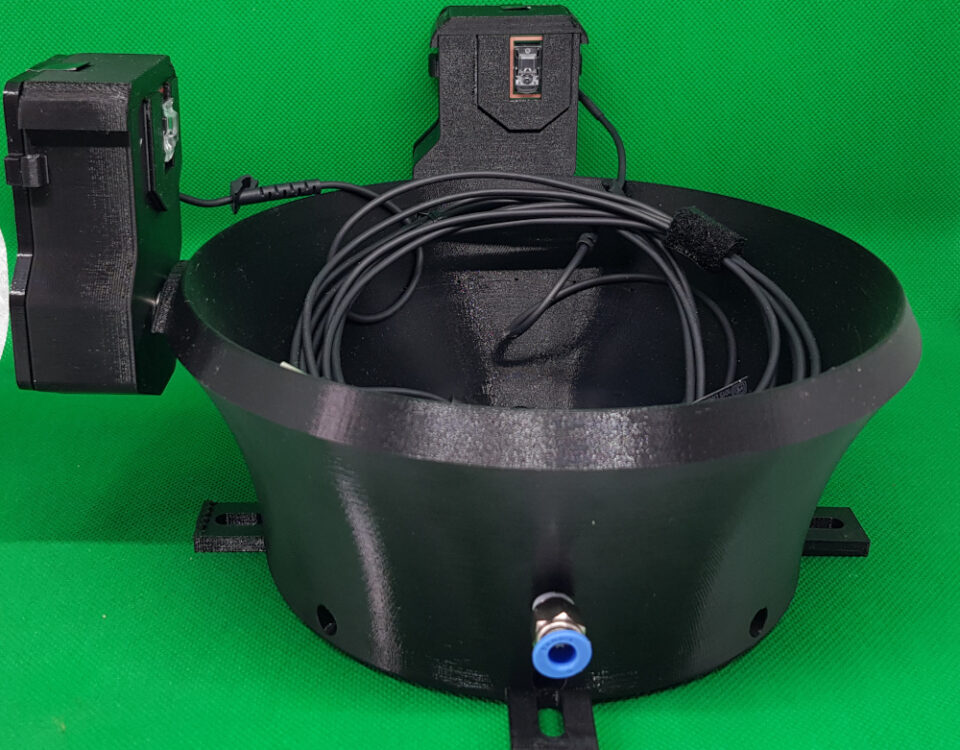Tech Hotel: A new collaboration for 3Dneuro
2020-11-25
New metal microdrive in collaboration with the Buzsáki lab
2021-04-23
On Nov 17 2020, the journal Nature published a feature about how “How DIY technologies are democratizing science” by Sandeep Ravindran.
Key takeaways:
- “The idea that scientists build their own equipment is as old as science,” (Tom Baden) a reminder that the trend itself is not new, scientists have been building their own equipment for centuries, often out of necessity, as it doesn’t exist yet.
- DIY is time consuming, labor-intensive, for less reliable results and no tech support. Some people like DIY for its own sake, others use it primarily for cost savings.
- When you can get past the downside, DIY can transform a whole field by expanding the reach of a technology to countries that have more limited research budgets. The net effect is accelerating science by democratizing it, on a worldwide scale.
- DIY science equipment also has an impact on education in lower income countries, by putting otherwise unaffordable equipment in the hands of students.
- “Hardware built from open-source designs generally costs just 1–10% of the price of commercial counterparts” (Joshua Pearce, author of Open-source lab).
- DIY hardware is customizable in ways commercial products rarely are. And the lack of tech support is compensated by knowledge for repairing devices acquired when you build them yourself.
- In some cases, DIY can apply to reagents as well, such as enzymes produced in open-source bioreactors, that can be used in various applications, including diagnostics.
- 3D printing is a core technology that empowers scientific instrumentation DIY, especially the more affordable desktop FDM printers.
- DIY combines well with recycling older lab equipment.
Altogether the article is well researched and covers a range of interesting projects and people. In fact, several of the covered projects have been featured on our Resources page since last summer. Below we dive a little bit deeper into 4 topics.
Untapped potential – When considering the impact of DIY, it is mainly about the distribution of properly documented, easily replicable, open hardware (see here for pointers on how to do that). There is a lot more DIY hardware getting made in labs that never gets disseminated, because it is time-consuming. The visibility brought about by Nature articles like this one, a more organized community (e.g. GOSH) and publication venues (e.g. Journal of Open Hardware, HardwareX) all contribute to making DIY dissemination more impactful and rewarding.
Pricing – As a company that started as a DIY project, and maintains a dual identity of commercial/open source, we find the way in which open source projects are priced to be problematic. Even more so when the idea is to compare with commercial alternatives. Too often, open source projects list only the bill-of-materials cost, omitting the main cost in hardware manufacturing, man-hours. Everyone knows, either intuitively or from experience if you have a payroll, that people are a large, and often the largest, expenditure in a project. In academia, this goes forgotten sometimes, obfuscating the opportunity cost for researchers: Every hour on a DIY project is one hour less for science. Further coverage of this topic by Jacob Voigts here. To be clear, open hardware is invaluable, and does democratize/accelerate science. But there are trade-offs to consider. Next time you read, or are tempted to write, that a DIY project costs 5% of commercial equivalent, maybe pause to consider labor costs. In other words, the value of your own time/work.Make-buy trade-offs – This extends the pricing topic and is ultimately a fairly complex question. When does making something become more interesting than buying it? We have some experience here. Since we combine in-house manufacturing with outsourcing, we developed a simple heuristic: if our machines can’t print it (obviously), or if it takes too much time to figure out how to get it right (valuing our time), we outsource. Unfortunately, there is to our knowledge no model, or decision-making tool, for these make or buy decisions.
Blind spot – A surprising omission, in our view, is Open Ephys, one of the most impactful projects we know of. By developing an open-source data acquisition board for electrophysiology, they cut the commercial price of such devices by at least a factor 10 (they offer the option to get it fully assembled), and double that if you source the components and assemble them yourself. One potential explanation for the omission is that Open Ephys doesn’t really take part in the larger open hardware community, and is therefore not known by open hardware advocates in other research fields.
Let us know what you think below in the comment section.






